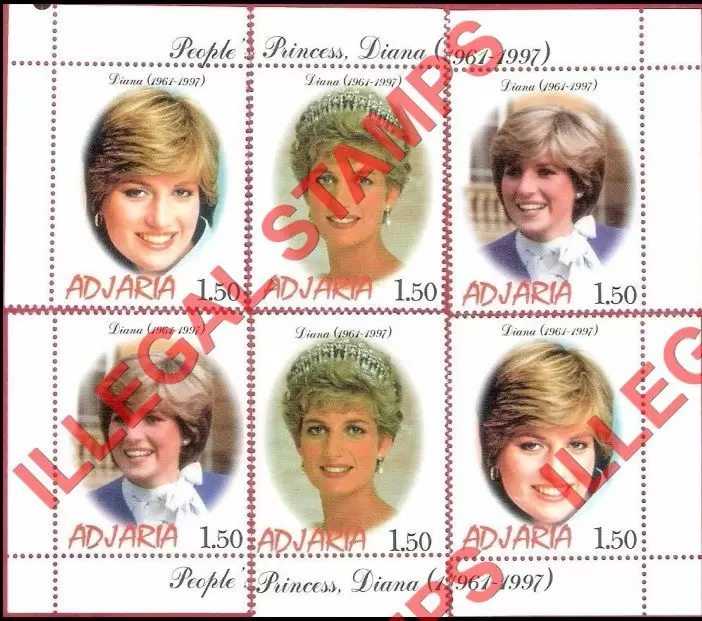The history of philatelic fakes and forgeries dates back to the origin of postage stamps themselves. These deceptive labels are produced to appear as genuine postage stamps with the intent to deceive or defraud collectors and postal administrations. While the terms “forgery” and “fake” are often used interchangeably, they have distinct meanings in the world of philately.
Forged stamps are those produced with the intention to defraud collectors and stamp-issuing governments. They are created to mimic genuine stamps, often with meticulous attention to detail, in order to deceive investors and collectors. One of the most infamous forgers in the history of stamp counterfeiting is Jean de Sperati, a French native with a background in printing and photography. Sperati is believed to have forged over 70,000 individual stamps from over 100 countries during his lifetime, making him one of the most skilled forgers in history.
Other notable stamp forgers include François Fournier, Madame Joseph, Dr. Peter Winter, and Harold Treharne. However, none were as prolific or skilled as Sperati.
There have been several famous cases of counterfeit stamps throughout history. One of the earliest instances occurred in 1856 when the British postal service counterfeited their own 1d stamps to test their vulnerability to forgery. Unfortunately, the stamps were easily copied. Another notable case is Winter’s fake British Guiana 1c Magenta, a highly valuable stamp that was counterfeited with great audacity.
In some cases, governments themselves have engaged in stamp forgery for strategic purposes. During World War II, the United States modified German stamps by replacing certain elements with propaganda messages aimed at undermining the Nazi regime.
Today, technological advancements have made it easier to identify forged stamps from authentic ones. Authentic stamps often contain safety features such as watermarks, special engraving techniques, perforations, and lining with silk threads. Additionally, fake stamps may be identified by false postmarks and re-gumming. However, forgeries remain a significant part of philatelic history, and some high-profile collectors even include them in their collections as historical artifacts.

